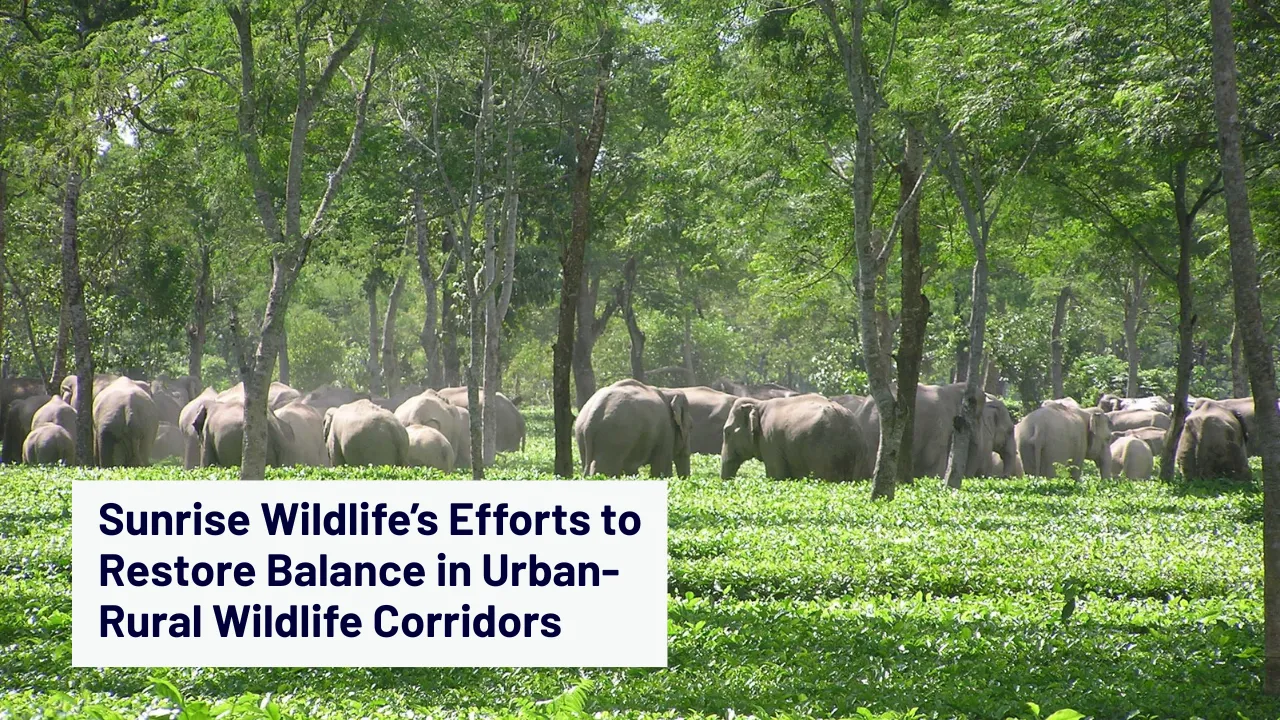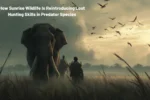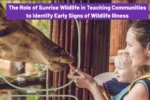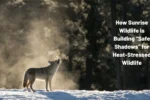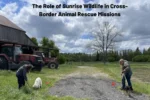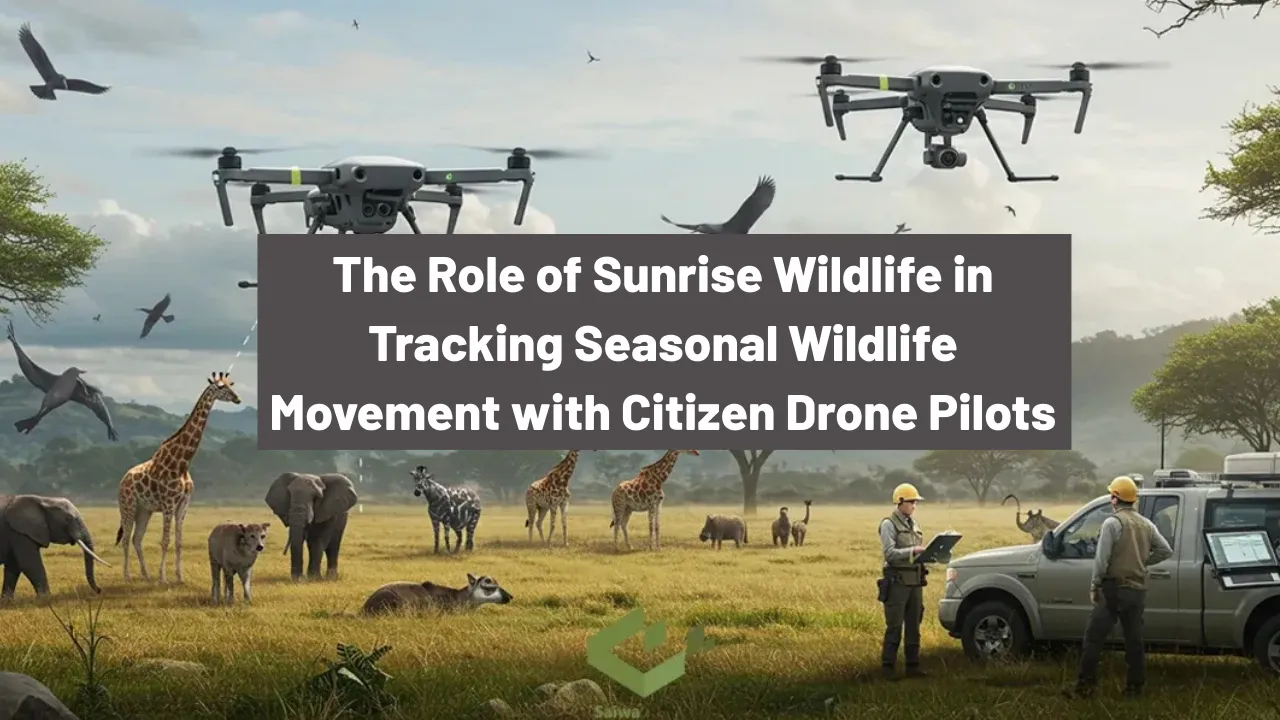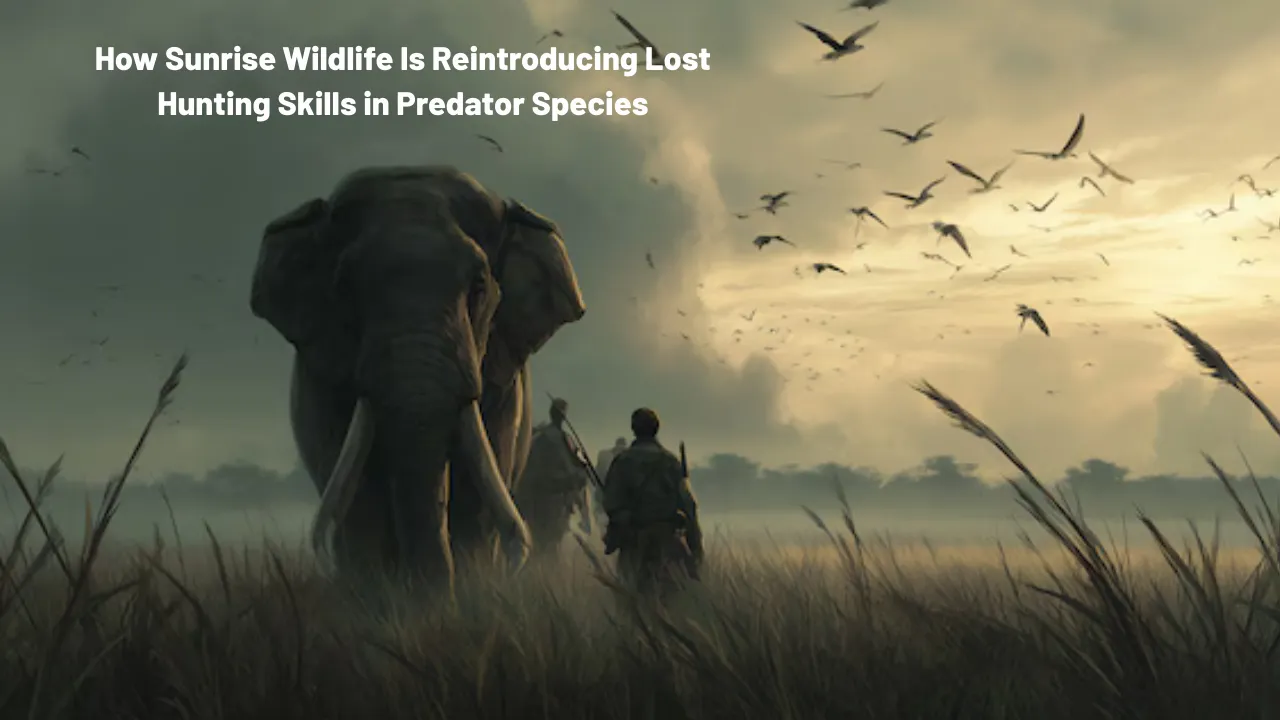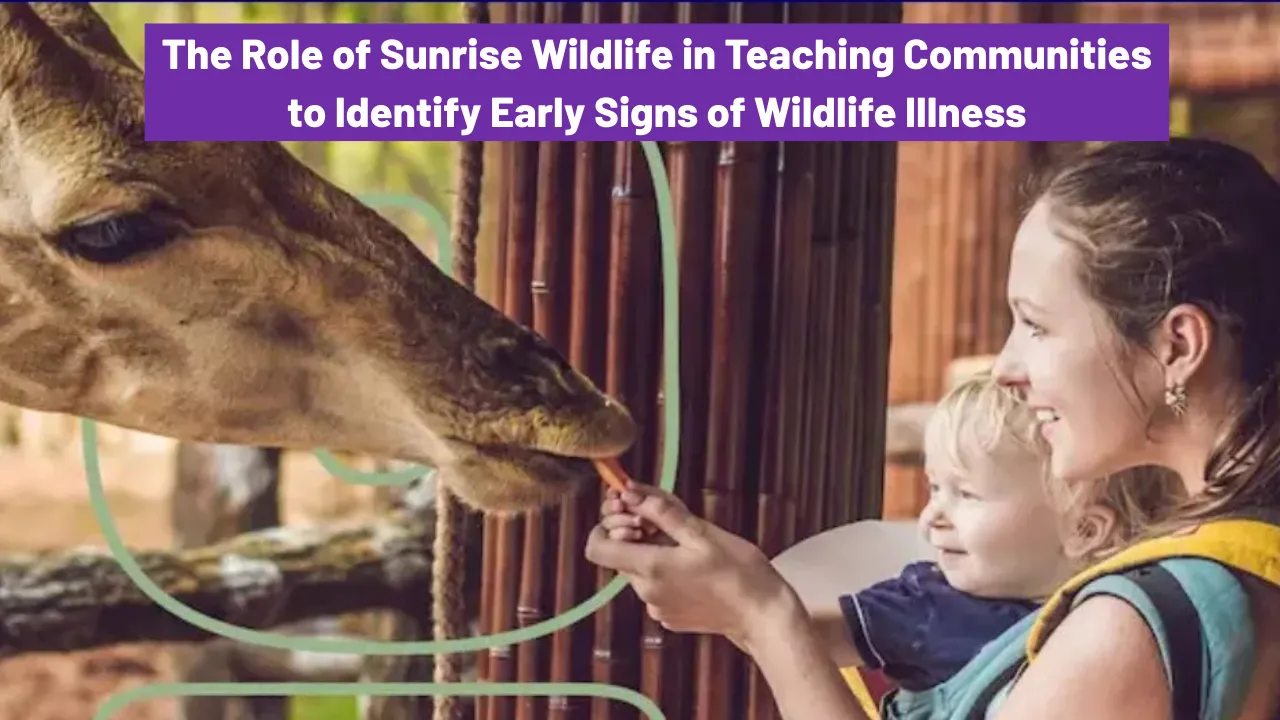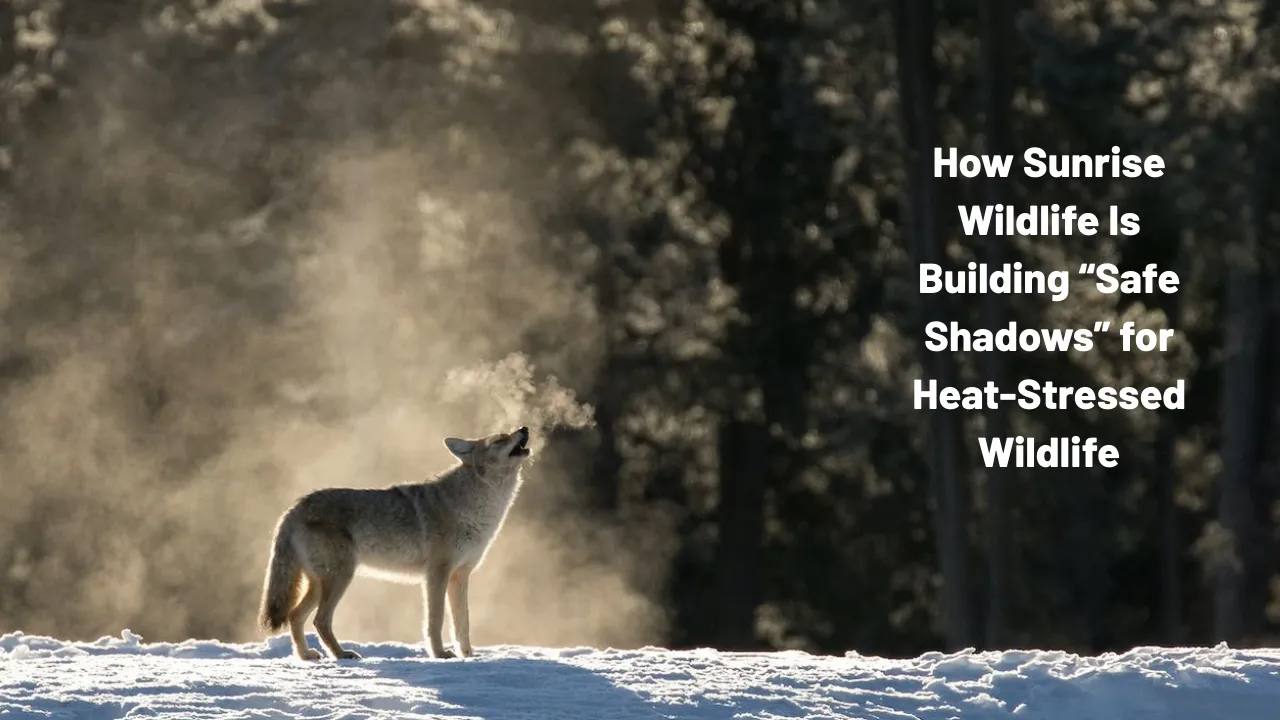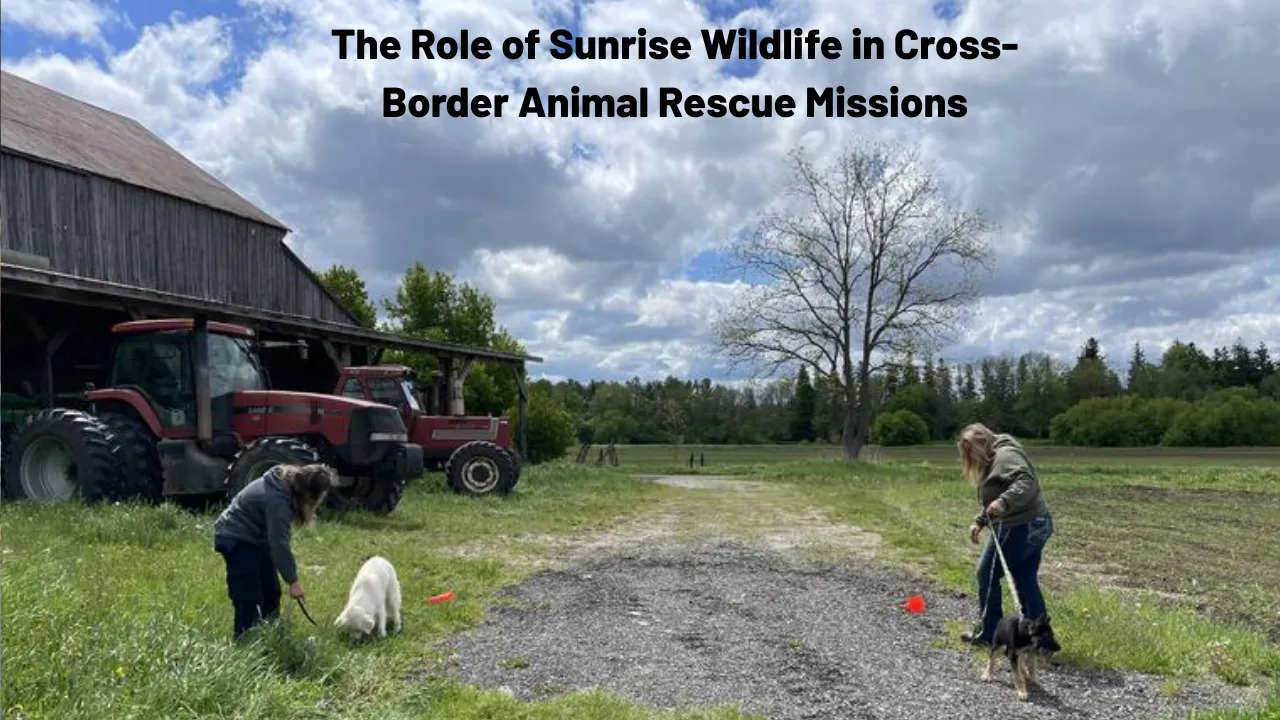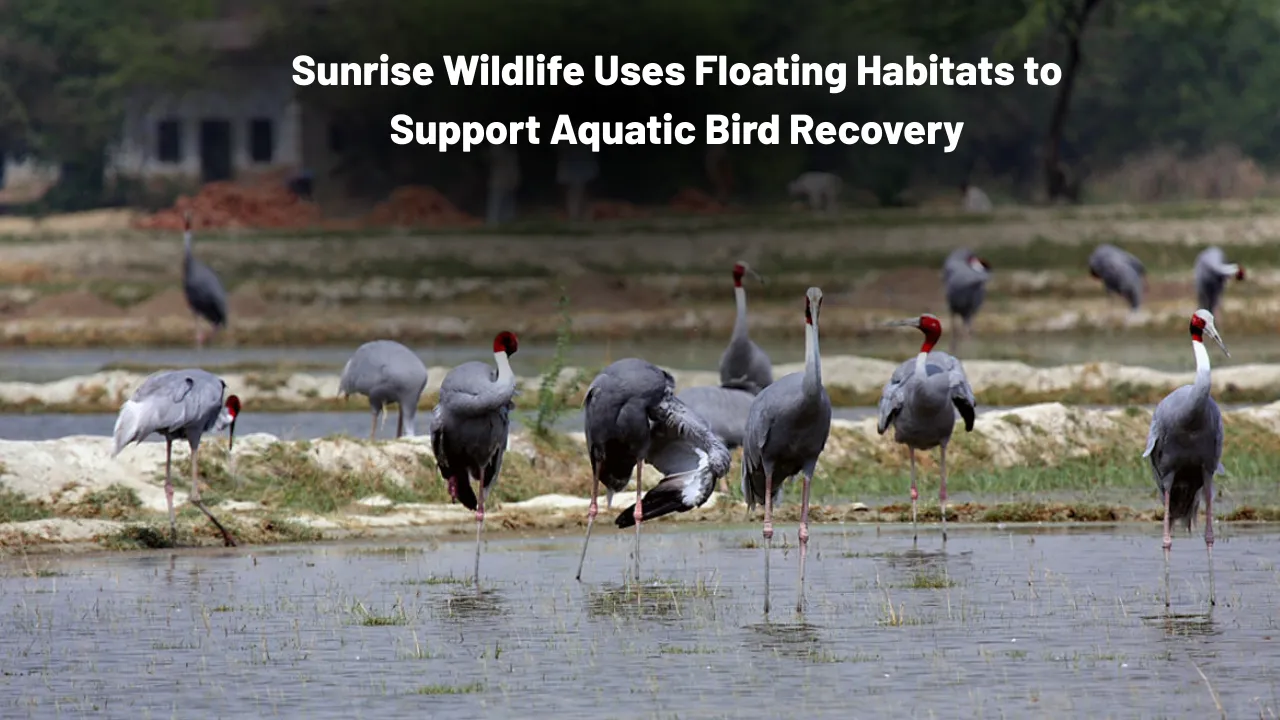Sunrise Wildlife: Sunrise Wildlife is making real change where nature meets development. As cities grow and roads cut across once-continuous habitats, animals find themselves stranded or forced into unsafe zones. This disruption has led to increased conflict between humans and animals, putting pressure on both sides and breaking natural cycles that have existed for generations.
This article digs into how Sunrise Wildlife is actively bridging the gap between rural landscapes and urban growth through innovative, community-focused, and science-backed conservation efforts. It offers a deep look into the strategies they use to build and maintain wildlife corridors, ensuring that animals can move freely, safely, and naturally through increasingly fragmented environments.
Sunrise Wildlife: Leading Conservation with Community and Science
Sunrise Wildlife is not just another conservation group — it is a movement working on the ground to preserve ecological balance in a rapidly changing world. With a focus on wildlife protection and habitat connectivity, the organization designs and implements practical solutions tailored for modern challenges. Their work revolves around understanding the patterns of urban wildlife, protecting key movement routes, and restoring natural passages that once connected entire ecosystems. By combining green infrastructure with public participation, Sunrise Wildlife is showing that it’s possible to live in harmony with nature even in urban settings.
What Are Urban-Rural Wildlife Corridors?
Urban-rural wildlife corridors are essential for linking fragmented habitats. These green passageways allow species to travel safely between breeding, feeding, and shelter zones that have been cut off by roads, cities, or fences. When animals can’t move freely, they risk genetic isolation, starvation, and death from road accidents. Sunrise Wildlife has identified these issues as critical and has committed itself to re-establishing lost connectivity.
The organization studies regional landscapes, maps out existing migration paths, and determines where animal movement is most threatened. Then, it works with local governments and landowners to design safe routes, using a mix of natural vegetation and human-made structures. This ensures animals don’t just survive but actually thrive in their environments.
Why Sunrise Wildlife’s Work Matters
Sunrise Wildlife’s approach is holistic and forward-thinking. By working at the intersection of cities and wild areas, they address the rising issue of human-wildlife conflict before it escalates. Their work not only protects animals but also ensures that people living near forests and green belts are safer and better informed.
The organization has developed unique strategies that integrate conservation efforts with modern planning. This includes adjusting road construction to include animal crossings, using satellite mapping to monitor species migration, and replanting degraded land to restore lost habitats. All of this contributes to a broader goal: achieving sustainable coexistence between humans and wildlife.
Key Efforts by Sunrise Wildlife
- Habitat Restoration Projects:
In degraded zones, Sunrise Wildlife reintroduces native plants and re-establishes natural cover. This is not just about planting trees — it’s about creating the right environment for wildlife to return and settle. These efforts directly contribute to biodiversity protection, giving shelter and food sources back to displaced species. - Animal Crossing Structures:
Strategically placed overpasses and underpasses help animals cross highways without harm. These green bridges mimic natural paths and are built after careful observation of migration behavior. In areas where these structures are in place, vehicle-related wildlife deaths have decreased significantly. - Wildlife Monitoring Programs:
Using motion-sensor cameras and tracking devices, Sunrise Wildlife collects data on animal movement and health. This monitoring guides future decisions and helps prevent threats such as poaching or disease outbreaks. It’s one of the key ways they ensure wildlife restoration stays on track.
Community Involvement and Education
No conservation plan works without the people who live nearby. Recognizing this, Sunrise Wildlife prioritizes public education and involvement. They visit schools, hold workshops, and run awareness campaigns that teach children and adults the value of local wildlife. Their message is simple but powerful: protecting nature means protecting our future.
Volunteers are welcomed in many projects, from helping to reforest land to assisting in rescue and release missions. Through these activities, the community becomes an essential part of the ecosystem’s recovery. This bottom-up approach has turned passive observers into active stewards of nature.
Partnership With Local Authorities
A major strength of Sunrise Wildlife lies in its partnerships. The team collaborates with urban planners, government bodies, and forest departments to create plans that include wildlife from the very beginning. By aligning development with habitat connectivity goals, they ensure that future construction doesn’t become a barrier to animal movement.
Whether it’s influencing city master plans or lobbying for wildlife-sensitive road designs, Sunrise Wildlife stays deeply engaged in policy and planning. Their proactive work has already led to key zoning changes and the preservation of multiple green belts.
Achievements So Far
- Reduced Roadkill Incidents:
In regions where Sunrise Wildlife has built animal crossings, there’s been a noticeable drop in animal fatalities on highways. - Reappearance of Native Species:
Birds, mammals, and insects once thought lost are returning to restored corridors, proving that even heavily altered environments can bounce back. - Community-Driven Conservation:
Locals now actively report injured animals, participate in replanting drives, and help maintain corridors, demonstrating a culture of shared responsibility.
Two Major Benefits of Sunrise Wildlife’s Work
- Protects Endangered Species
Several at-risk species now use these corridors to reach safer habitats. This is crucial in preventing further decline and ensuring genetic diversity. - Strengthens Human-Wildlife Relationship
With fewer surprise encounters and more awareness, humans are beginning to see animals not as threats but as neighbors. This shift in attitude is vital for long-term wildlife protection.
Challenges Faced by Sunrise Wildlife
Despite their many successes, the path isn’t easy. Sunrise Wildlife faces challenges such as lack of funding, resistance from developers, and delayed government approvals. Land encroachment and illegal construction threaten even the best-planned corridors. Still, the team adapts and persists, driven by their mission and the support of those who believe in their cause.
Future Plans and Goals
Looking ahead, Sunrise Wildlife plans to expand its corridor projects to more cities facing rapid urban growth. They aim to adopt advanced technologies such as drones for wildlife monitoring and AI tools to study migration patterns. Importantly, they continue to build stronger networks with stakeholders who can help scale their impact regionally and nationally.
Their vision is bold but clear: restore the broken paths of nature and ensure that every creature, big or small, has a way to move freely and safely through the world.
FAQs
What is the mission of Sunrise Wildlife?
To restore and protect wildlife corridors, ensuring animals can move safely between urban and rural areas while promoting peaceful coexistence with humans.
How do wildlife corridors help animals?
They provide safe routes for animals to migrate, find food, and breed, which is essential for survival and genetic health.
Can communities participate in these projects?
Yes, local communities are often involved in restoration activities, education programs, and wildlife rescue efforts.
Which species benefit from Sunrise Wildlife’s work?
A wide range including deer, leopards, foxes, monkeys, birds, and insects benefit from increased habitat access and protection.
How is Sunrise Wildlife funded?
They rely on donations, grants, and partnerships with environmental organizations and public institutions.
Final Thought
The work being done by Sunrise Wildlife is not just about animals — it’s about preserving the natural threads that connect all life. Their projects prove that with effort, planning, and cooperation, we can rebuild what’s been broken and shape a future where nature has room to breathe, even alongside busy cities.
If this mission speaks to you, leave a comment, share this article, or explore how you can take part in your local wildlife protection efforts. Every step taken today builds a better world for tomorrow — for animals, for nature, and for us.
